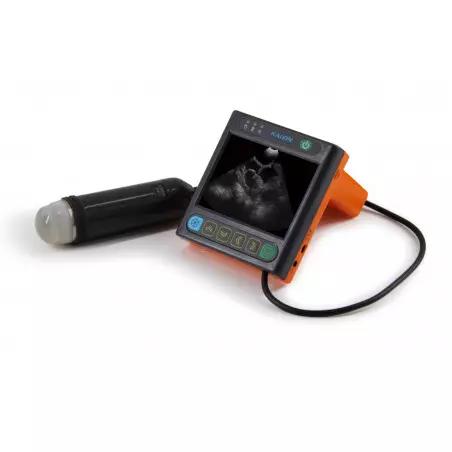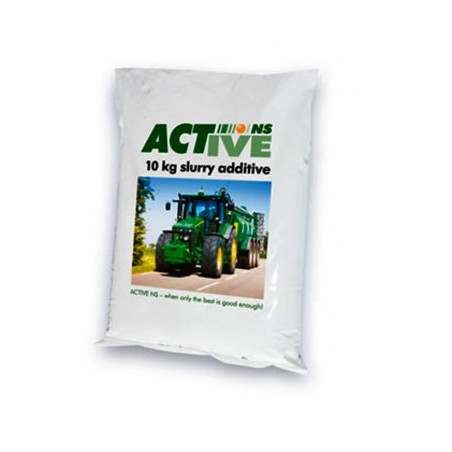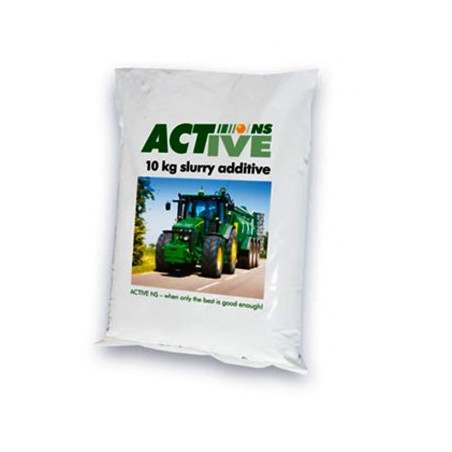The majority of slatted concrete floors for group-housed sows are designed for ease of manure management. However, such floors can be associated with sows’ lying and walking discomfort, feet injuries and lameness. This study was designed to evaluate the impacts of a narrower slat and gap widths flooring on sow comfort and behaviour as well as manure management. Gilts were followed through two gestations housed on either a concrete floor with a slat width of 105 mm and gaps of 19 mm (Test; 1 group of 25 gilts) or a flooring with a slat width of 125 mm and gaps of 25 mm (Control; 1 group of 24 gilts) and fed with electronic sow feeders. Slat friction, air temperature, humidity and ammonia concentrations were recorded throughout. Floor and animal cleanliness were assessed weekly. For each sow gait score, limb weight distribution, postural behaviour, feet lesions, time budget of activities, body weight, backfat, and reproductive performances were measured at beginning and end of gestation.
Air environment values remained within acceptable limits, with no significant differences between Test and Control rooms. Floor and animal cleanliness were similar for Test and Control. The coefficient of friction of floors decreased markedly within the first week of occupancy then stabilized throughout gestation without differences between treatments. The overall incidence of lameness was similar for Test (16.7%) and Control (14.4%), but more Control sows required analgesic treatment. The severity of heel overgrowth and erosion was greater on front and rear feet and for wall cracks on rear feet of Control sows. Some effects were evident within one week of being on the Control floor and therefore may have been pre-existing. Control sows spent more time weight-shifting in late gestation and showed more variability in the weight applied on hind legs. Control sows spent more time standing at week 6, being awake passive at week 10 and in social interactions at the end of gestation 1 than Test sows. There were no significant differences in frequency of posture changes, sow body weight, backfat and reproductive performance between treatments.

While results did not show marked differences in animal performances, sows on the wider (Control) slat and gap flooring had higher feet lesion scores and indicators of greater discomfort while standing. Therefore, the narrower slat and gap widths tested may provide benefits in terms of feet health and sow comfort without compromising manure management and air quality.
Devillers N, Yan X, Dick KJ, Zhang Q, Connor L. Determining an effective slat and gap width of flooring for group sow housing, considering both sow comfort and ease of manure management. Livestock Science. 2020; 242: 104275. https://doi.org/10.1016/j.livsci.2020.104275









